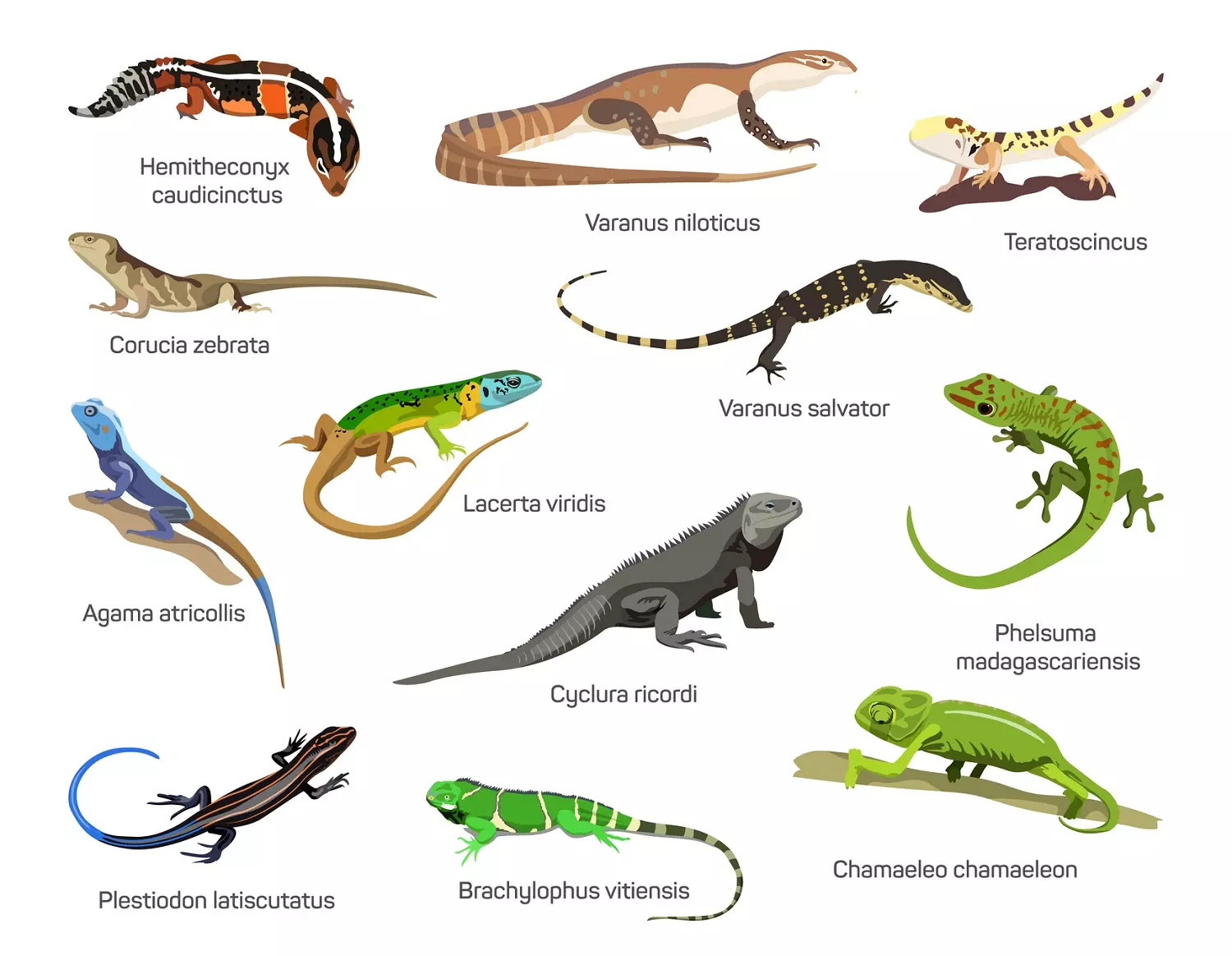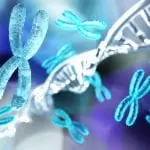[Originally published as Population Thinking]
I’ve been reading Ernst Mayr’s book, What Evolution Is, recently and stumbled across a passage where he quotes himself. I won’t reproduce the whole quote, but essentially he says that population thinking is antithetical to basic type thinking. To him, the population thinker views the type as an abstraction and only the variations as real, whereas the basic type thinker views the type as real and the variations as illusory.
This got me thinking: should creationists abandon population-level thinking, and if so, what should replace it?
The reason this might even be an issue for us is that creationists do accept some form of basic type idea. The created kind is a basic type that can, and does, vary strongly, but only within established genetic boundaries. As such, the basic type is “real” in the sense that it is the template.
However, I would also argue that the variations are not illusory. They exist in the real world and serve effectively as “sub-templates” that can reproduce things similar to themselves. If the variations are not illusory, as I argue, does it then follow that population thinking can be retained?
This is where I am unsure and want to spark thought within the creationist community. I’m going to present my views on it, but I am open to hearing other views and reserve the right to change views when presented with other points of view. With that in mind, here are my thoughts. On one hand, since the variations are not illusory, they can be evaluated at a population level. On the other, according to Mayr, population thinking requires viewing the basic type as the abstraction. If that is true, population thinking would still be fundamentally incompatible with a creationist worldview.
However, is Mayr correct?
I don’t think so, or not entirely.
His argument assumes that the basic type is invariable. If it is invariable, then population thinking would be incompatible with belief in a basic type. This would be true because there would be no variance within a population, and thus evaluating one organism would be the same as evaluating a population. Such a situation would make population thinking obsolete.
However, the basic type is not invariable. Instead, the basic type is a template that can be modified within the broad template. No one thinks that a Kia Soul LX model is a different type of car than the Soul Turbo model, despite them having significant differences in engines, fuel injection, torque, and other variables. We all know they are the same car, just with some changes to the basic template.
Since we all recognize the Kia Soul models are all of the same basic type, but with different specs, population thinking is compatible, but not at the level of Kias in general.
Instead, we can compare differences between Soul models and within Soul models. Because of differences in the construction process, one LX model might get slightly better gas mileage than another, for example.
Taking this example to the biological world, if we use cats as our model, it is obvious that we have the basic cat type, containing various cat models (jaguars, house cats, pumas, and so on). Within the individual models, there are unique variations (cats with multiple color schemes, white tigers, and so on). While there are variations within each model, each model may be said to have specific characteristics that characterize them. In this way, tigers might be characterized as mostly orange with black stripes, despite the existence of tigers that are white with black stripes.
All the above theory crafting is very interesting to be sure, but what does it mean in a practical sense? How does it impact a creation model?
I think incorporating speaking of kinds at the level of baramin as populations probably will not work. However, incorporating population thinking below the level of basic type at the species level or below is completely compatible with creation biology.
Mayr’s foundational assumption, that the basic type is completely invariable, undermines his argument. If, as other creation biologists and I have argued for decades, the created kind is internally variable (something Mayr himself knew and apparently did not apply), then using a population-based approach is something that can be incorporated into the creation model.







